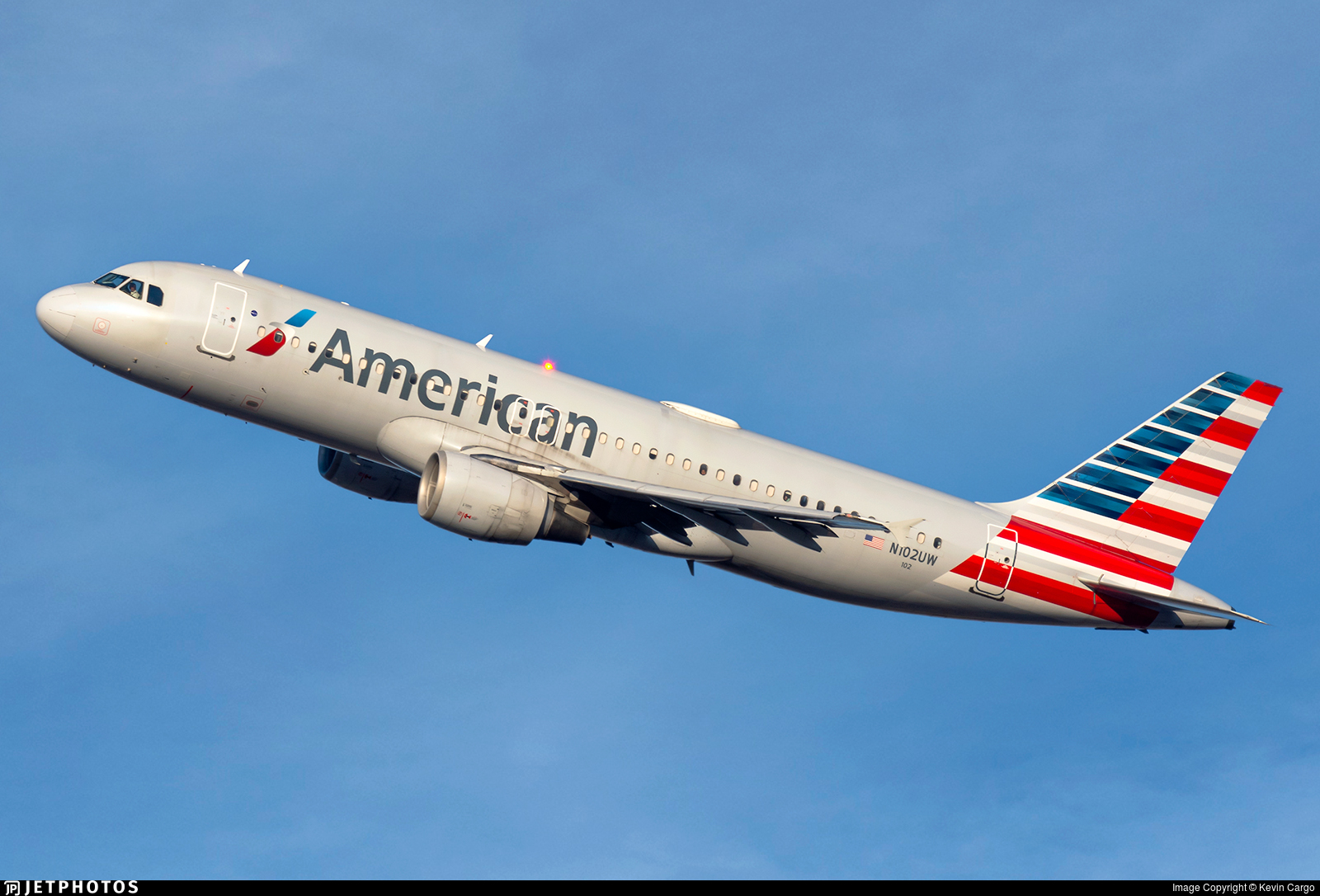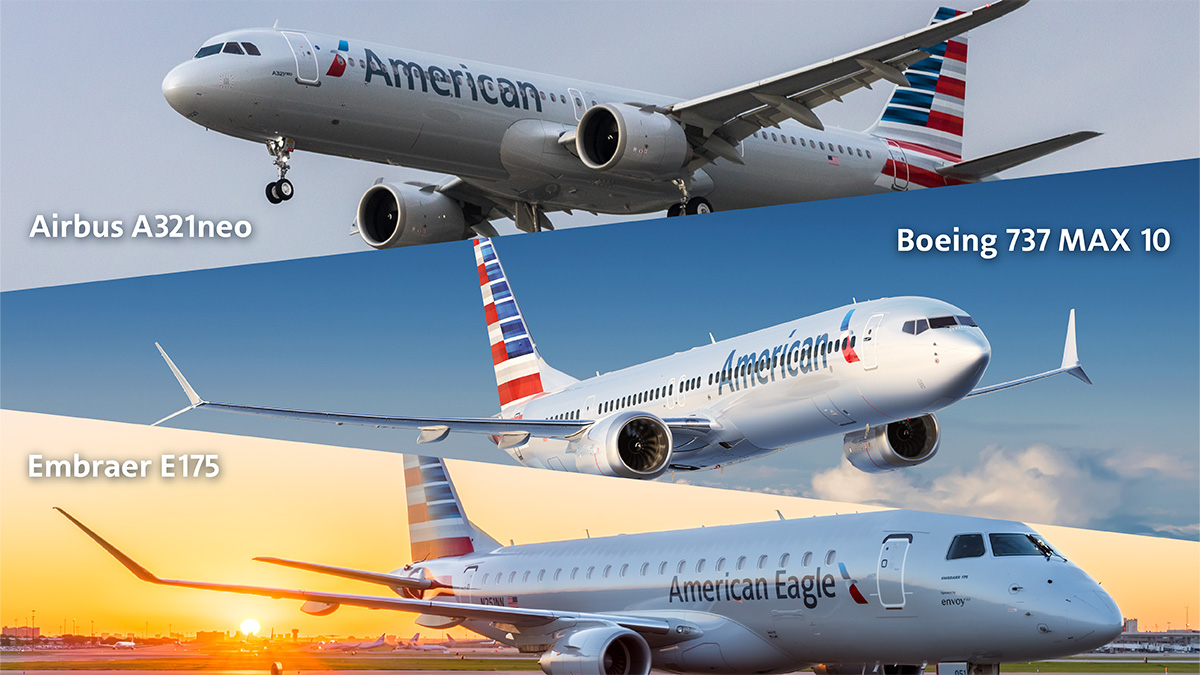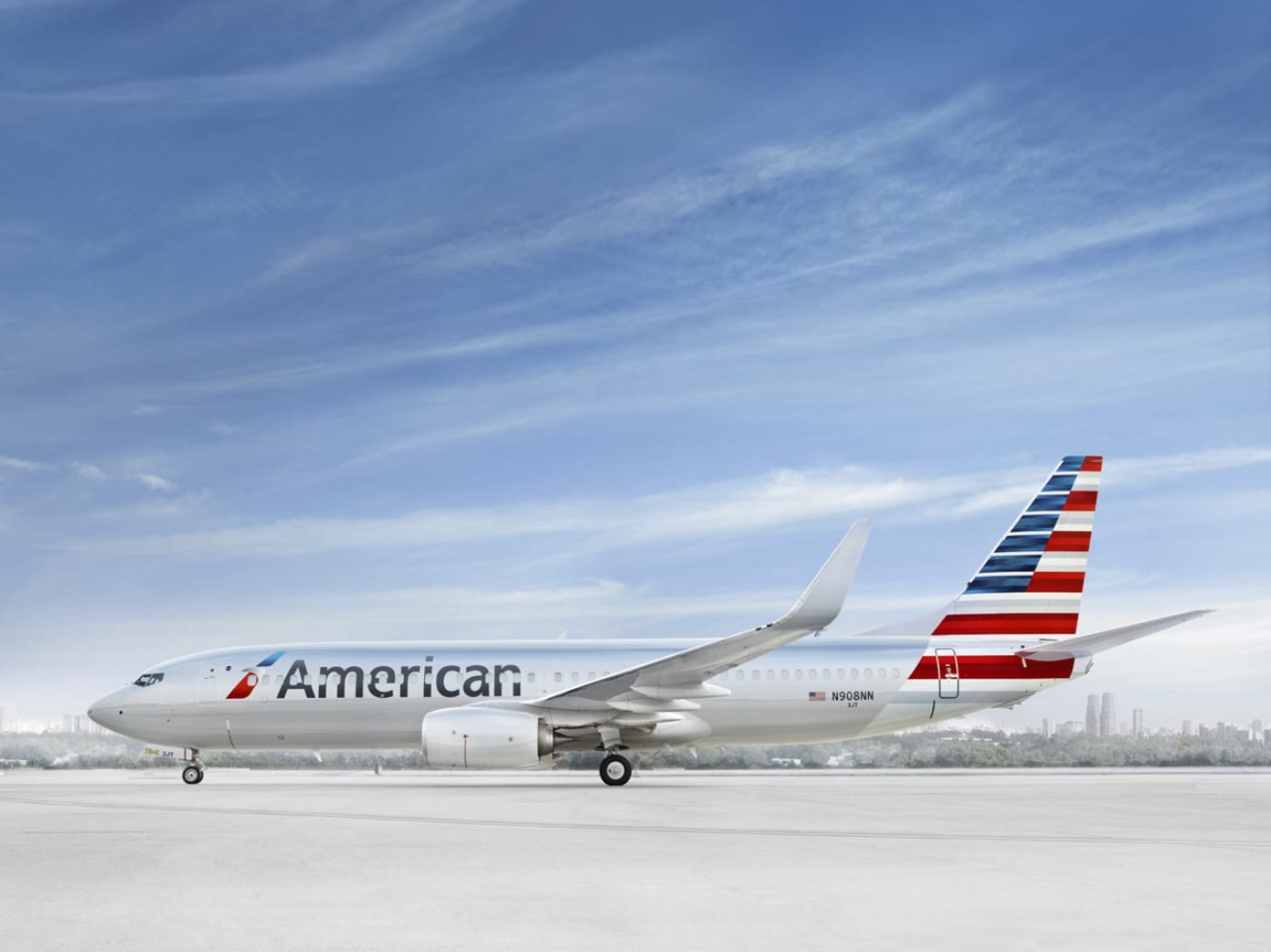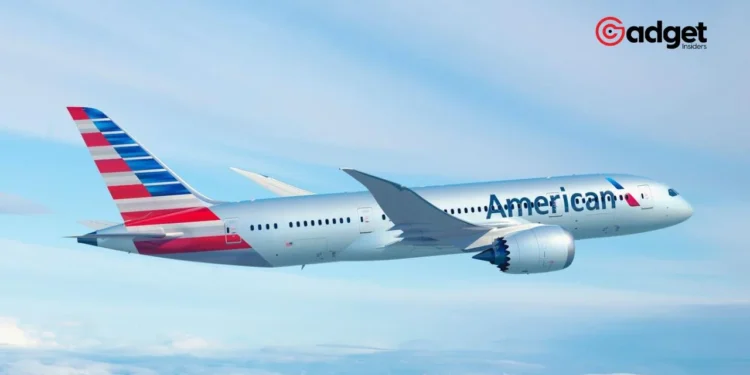Travelers using American Airlines are facing an unsettling reality as possible disruptions loom over their upcoming flights. Concerns among passengers typically range from costs and weather to security lines and baggage fees. However, current anxieties are fixated on something far more immediate: the potential impact of labor disputes escalating to strike threats.

During a recent all-hands meeting, Association of Professional Flight Attendants President Julie Hedrick conveyed a stern message to American Airlines CEO Robert Isom, declaring, “Flight attendants are ready to strike.” This declaration was not merely rhetorical; it was a direct response to ongoing negotiations over pay and working conditions compared unfavorably with rival carriers. Hedrick emphasized the readiness of the flight attendants to escalate their actions if pushed further, reflecting a significant rift in negotiations.
A Comparative Approach to Industry Standards
At the heart of the dispute is a disagreement over the benchmarks for fair compensation and work conditions. Isom’s update at the company meeting highlighted an offer purportedly on par with Delta Air Lines’ new pay structure—a claim that has become a focal point of contention. The union, however, looks to Southwest Airlines as the gold standard, noting their deal includes desirable terms such as retroactive pay and salary raises.
Last week we were out picketing with American Airlines flight attendants who have voted by 99.47% to authorize a strike. American Airlines expects more work for less pay while they make record profits. We stand with AA flight attendants in their fight for a strong contract! pic.twitter.com/OllDNXnTVA
— Philadelphia Socialist Alternative (@SocialistAltPHL) September 3, 2023
Isom reiterated his commitment to maintaining industry-leading compensation, stating, “I want to pay them at the best in the industry.” He stressed the need for fairness and consistency across the company, acknowledging adjustments made to previous offers in response to changes in the industry landscape.
Despite these reassurances, the gap between the airline’s position and the expectations of its flight attendants remains a significant hurdle. The comparison with Delta’s non-contractual pay structure and the absence of strict work rules underscore a broader industry trend towards more flexible labor agreements, which American Airlines aims to match.

The Stakes: Navigating Travel and Financial Turbulence
The potential strike comes at a precarious time for American Airlines, not only in terms of labor relations but also concerning its financial performance. Shares of American have seen a dip this month, although they show a slight year-on-year improvement. The ongoing negotiations are critical not just for the flight attendants but also for the airline’s fiscal health and operational stability.
For travelers, the implications of these negotiations are direct and immediate. A strike could disrupt thousands of flights, affecting the travel plans of countless passengers who depend on American Airlines for business and leisure travel. The uncertainty adds another layer of anxiety for passengers, compounding the usual stresses associated with air travel.

American Airlines Flight Attendant Negotiations: Urgency for Fair Deal
As negotiations continue, the need for a swift and equitable resolution remains paramount. American Airlines has expressed its intention to secure a deal expeditiously, emphasizing that “reaching an agreement for our more than 26,000 flight attendants remains our priority.” The coming weeks are crucial, as both the airline and its flight attendants navigate the delicate balance between fair compensation and operational viability.









